
Blog
Heatwave in Alaska Killed a Record 4 Million Seabirds
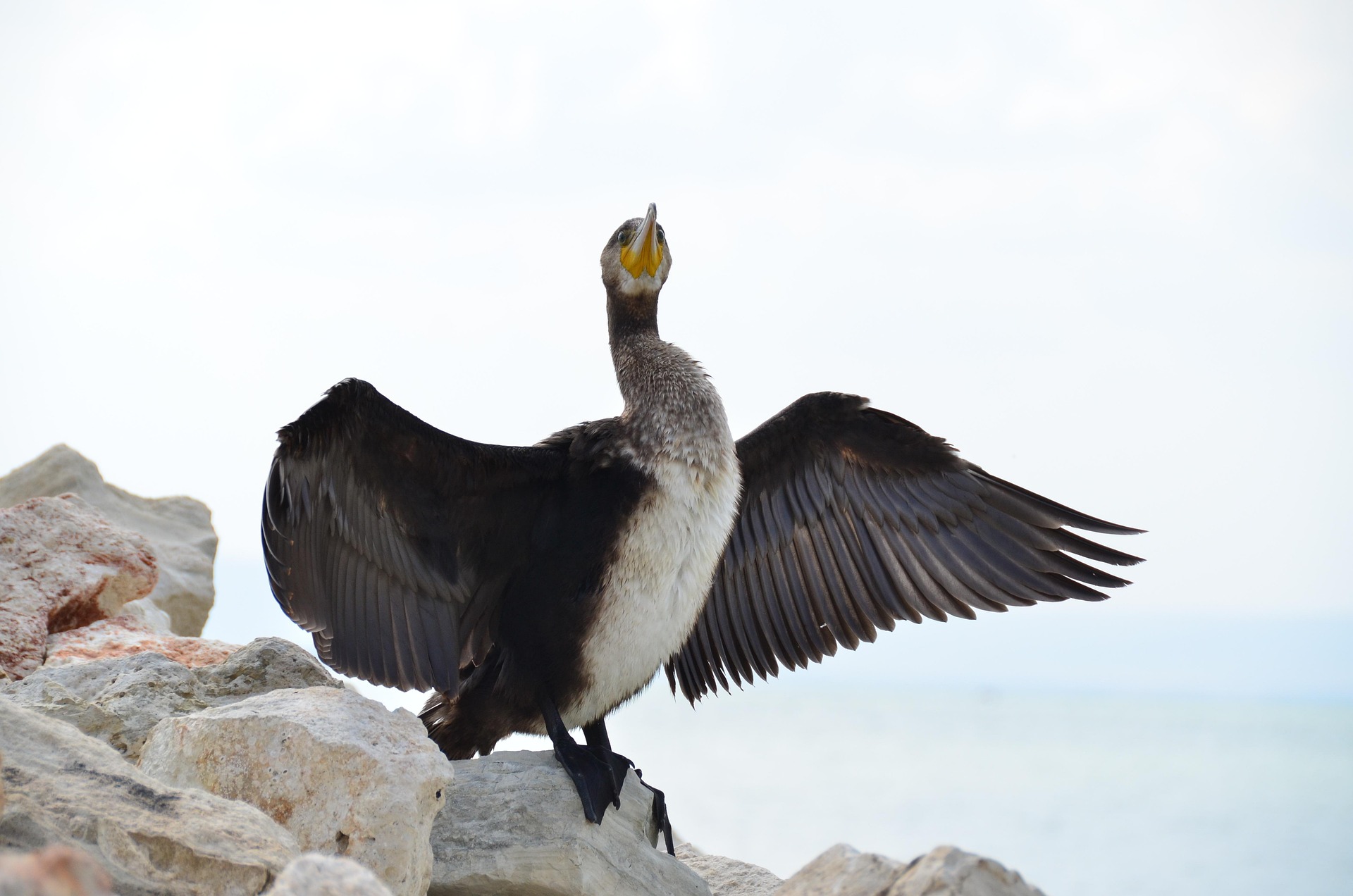
Have you heard the shocking news from Alaska? According to the study by Heather Renner, in 2022, a heatwave caused the deaths of a staggering 4 million seabirds, specifically the common murre. This tragic event serves as a painful reminder of the devastating impact climate change is already having on our planet. As temperatures rise, our ecosystems are being pushed to the brink, and the survival of countless species is at risk.
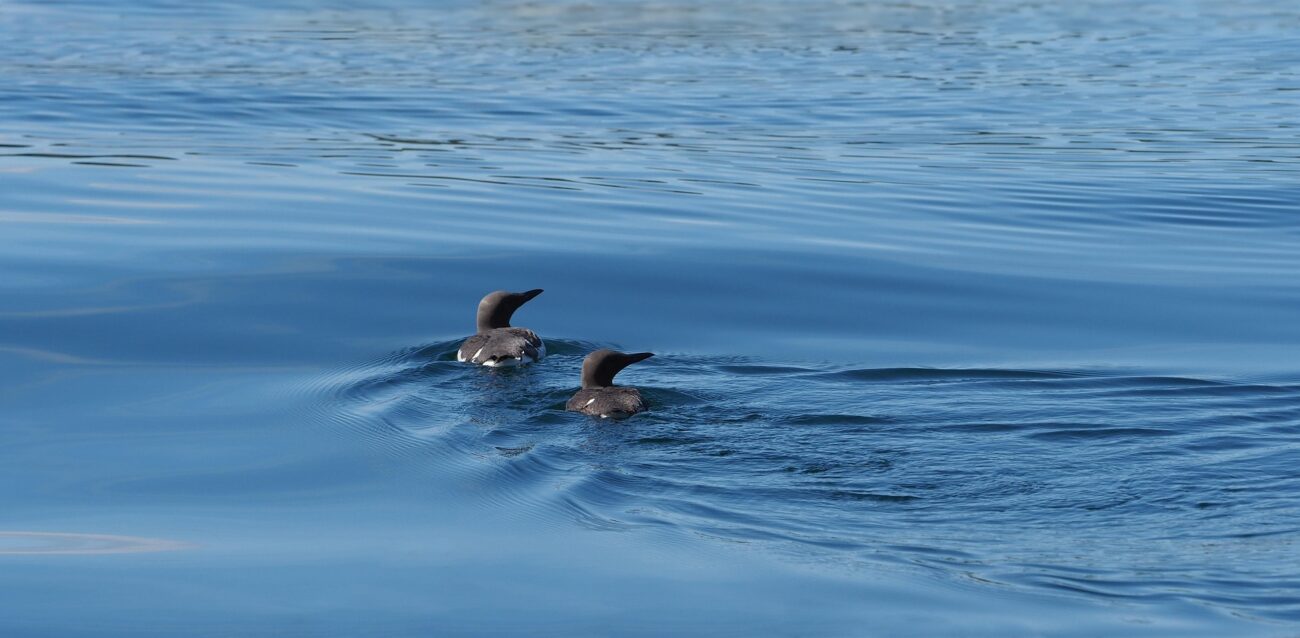
The Great Murre Die-Off: What Happened?
The common murre, a seabird found along Alaska’s coastline, is known for diving deep into the ocean to catch fish. But in the summer of 2022, a marine heatwave struck, and rising sea temperatures caused fish stocks to plummet. Without food, millions of these birds starved to death.
Warmer ocean waters made it harder for murres to find suitable nesting sites, and many colonies failed to reproduce successfully. This was not just a temporary issue; it was a clear signal of how climate change is affecting wildlife on a massive scale. According to the World Meteorological Organization (WMO), the decade from 2011 to 2020 was the hottest on record, with the Earth’s average temperature rising by approximately 1.1°C compared to pre-industrial levels.
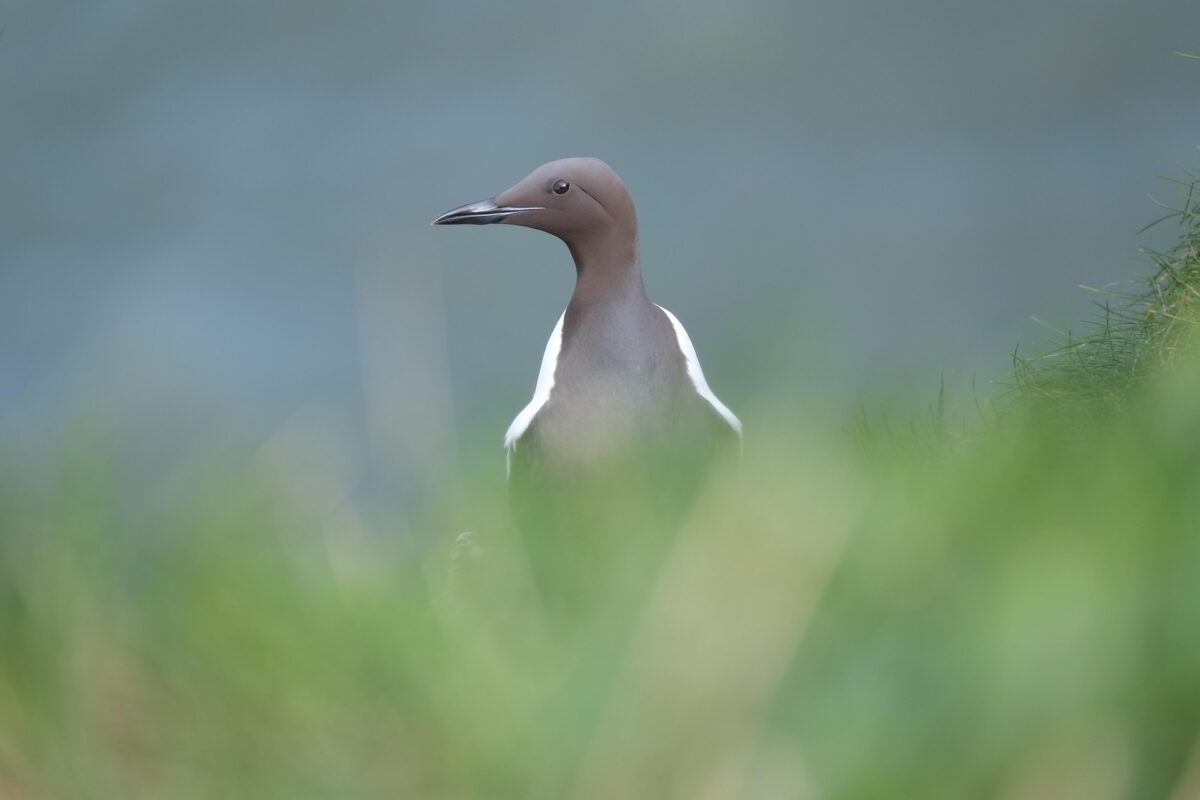
Snow Crabs: Another Species in Decline
The loss of millions of murres is not an isolated incident. There’s another heartbreaking story unfolding in the North Pacific—one involving snow crabs. Recent reports have shown that more than 10 billion crab disappeared from this region in the period 2018 to 2021. This sharp decline is causing serious concerns not only among environmentalists but also within the fishing community, as it threatens the livelihoods of those who depend on these creatures. Furthermore, the North Atlantic right whale, Maugean Skate, and Wild Atlantic salmon are all experiencing population declines due to human activities and environmental changes. Warm waters have altered their migration patterns and disrupted their habitats. These changes are making it harder for the crabs to survive and reproduce.
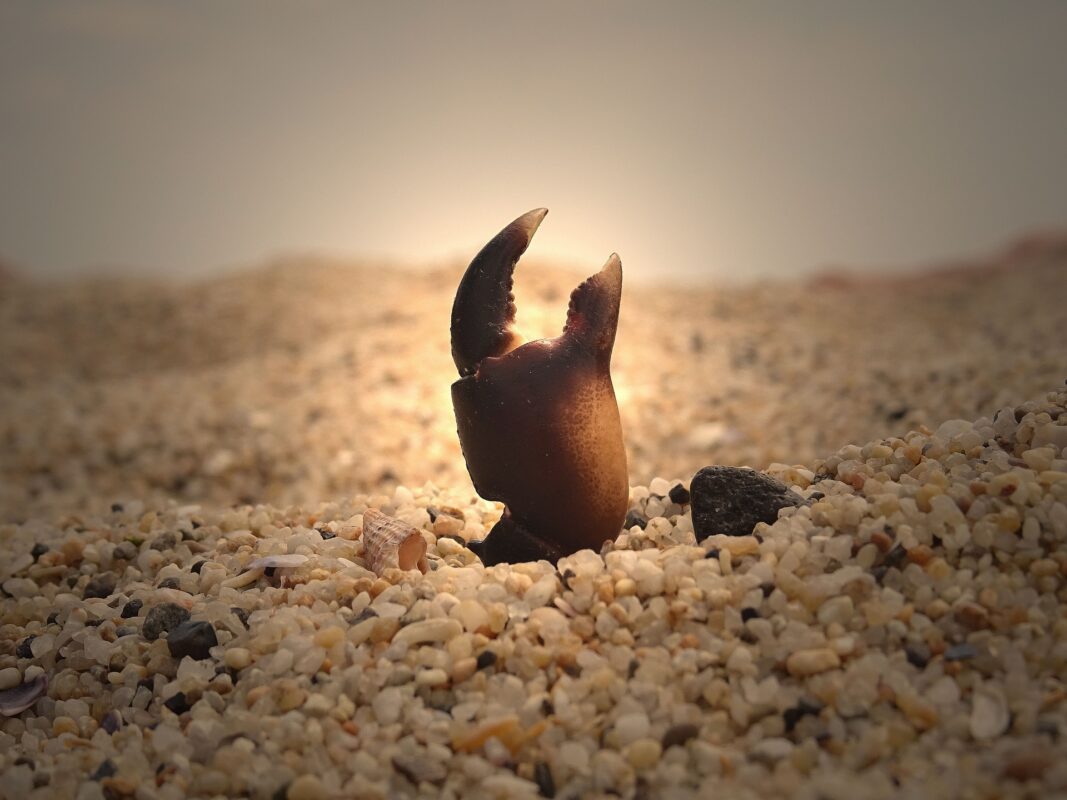
The Ripple Effect: Ecosystem Collapse
What happens to one species doesn’t stay isolated. The decline of the common murre and snow crabs doesn’t just affect those species; it sends shockwaves through the entire ecosystem. For example, when murres die off, it impacts predators that rely on them for food, causing a ripple effect through the food chain. Similarly, the loss of snow crabs disrupts the fishing industry, which in turn affects the economies of communities that depend on this resource. The Millennium Ecosystem Assessment (MA), conducted from 2001 to 2005, evaluated global ecosystems and their impact on human well-being. The report states that the current extinction rate is 100 to 1,000 times faster than historical rates.
These events show just how fragile our ecosystems are. When one species faces extinction, it triggers a domino effect that can lead to the collapse of entire ecosystems. As climate change accelerates, this pattern of biodiversity loss is becoming increasingly common.
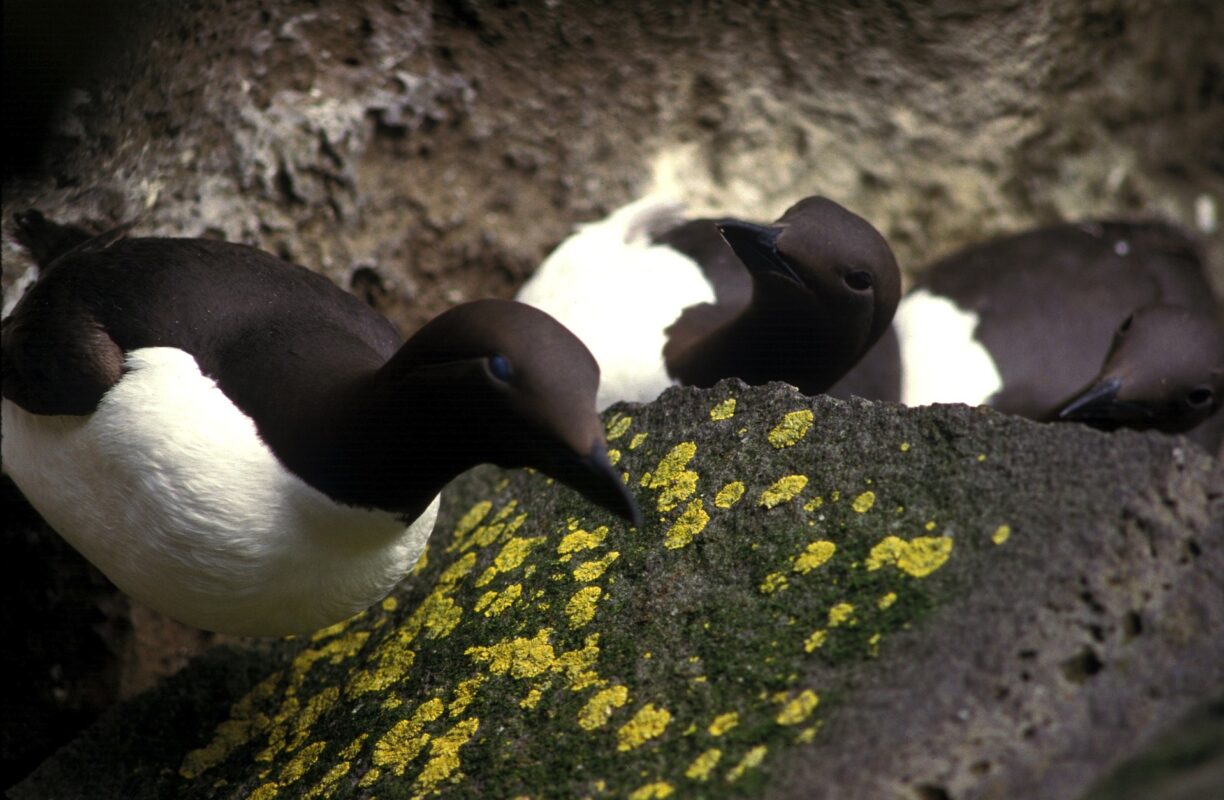
What The Government are Doing
Can’t we do anything but wait until the ecosystems are destroyed and the effects become significant? The answer is no. The world is moving towards conserving the ecosystem. The Canadian government has taken significant steps to protect biodiversity and ecosystem services. The National Conservation Plan, which includes the establishment of 10 national wildlife reserves and the protection of North American waterfowl, is one of its key initiatives. Additionally, during COP15 held in Montreal in December 2022, Canada supported the adoption of the “Kunming-Montreal Global Biodiversity Framework,” which aims to protect 30% of terrestrial, marine, coastal, and inland water ecosystems by 2030. Furthermore, the Canadian federal government has provided funding to the Canadian Biosphere Reserves Association and 19 UNESCO biosphere reserves to support biodiversity research, documentation, land management practices, and stakeholder participation.
What Can We Do?
There is still hope, and each of us can make a difference. By reducing carbon emissions, transitioning to renewable energy, and supporting policies that protect vulnerable species, we can mitigate climate change’s impact. We must also work together globally to protect habitats and ensure species’ survival. It’s not just about governments and corporations—it’s about what we can do too. By adopting sustainable practices and demanding stronger protections, we can help create a future where all species thrive.
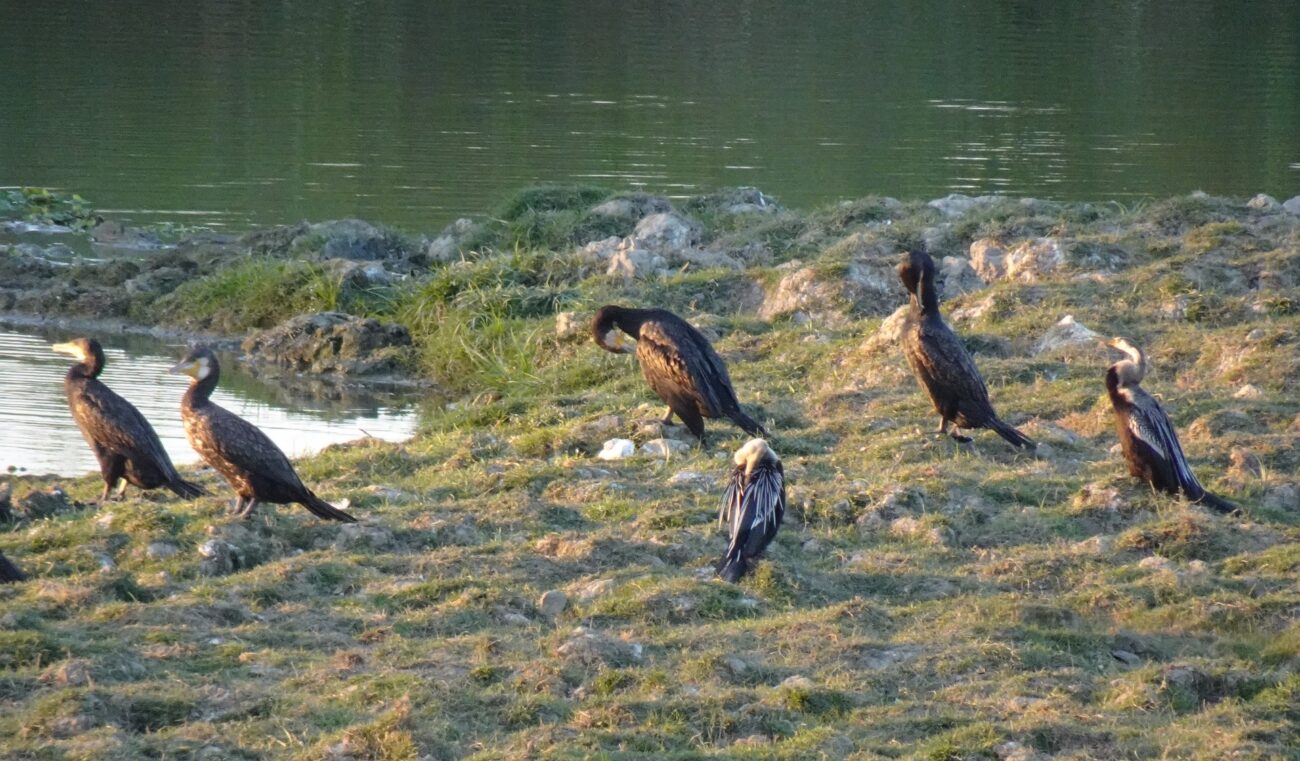
Conclusion
The tragic deaths of millions of seabirds in Alaska and the decline of snow crabs are stark reminders of the urgent need for action on climate change. These events are part of a larger pattern of environmental destruction, and they show us that climate change is not a distant threat—it’s happening right now, and its impacts are far-reaching.
We would like to support organizations that preserve the environment, but to do so, we need collaboration with many companies and individuals. Therefore, we are offering carbon credits to make it easier to contribute to environmental conservation. Let’s take action before it’s too late!
